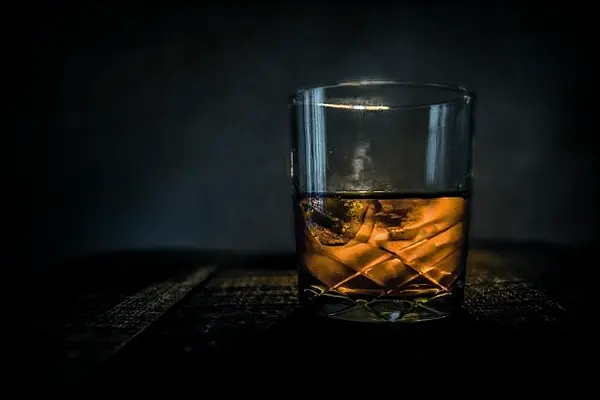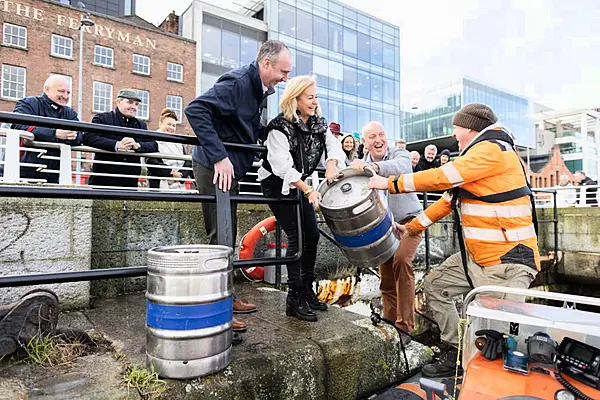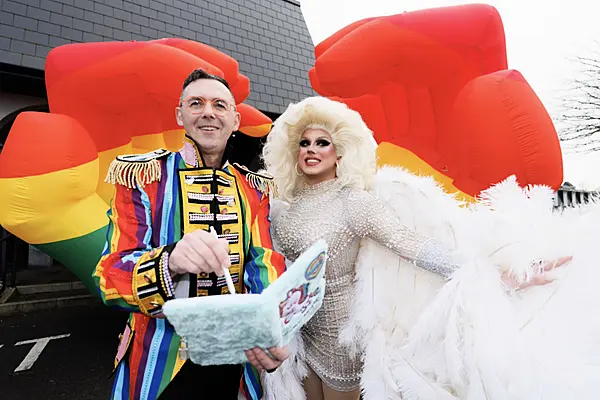The classic daiquiri, a trio of rum, sugar, and lime, is the cocktail equivalent of the golden ratio or the little black dress—an exemplar of simplicity with stunning power. Despite its current reputation as a fruity, frozen confection pumped out of a machine garnished with neon LEDs, much of the cultural legacy of the daiquiri remains rather steel-jawed, even macho: A favourite of President John F. Kennedy, it was the signature drink at the Army and Navy Club in Washington.
An American mining engineer, Jennings Cox, is credited with introducing the drink to the wider world. He christened it while working in Cuba in the 1890s, naming it after Daiquirí, a nearby beach town. Mixology godfather David Embury enshrined what we now consider the classic daiquiri formula in his landmark 1948 book, The Fine Art of Mixing Drinks. He listed it as one of the five fundamental cocktails, alongside the Martini and the Old Fashioned.
Today, serious bartenders treat the daiquiri the way chefs size up an omelet. “It’s the litmus test for shaken cocktails, a way to gauge a bar,” says Richard Boccato, owner of top New York bars Dutch Kills and Fresh Kills.
In the waning days of summer, why not practice till perfect? When served ice-cold, still frothy from the shaker, the combo of tangy, à la minute lime juice and a clean white rum, rich with simple syrup, is pretty much unbeatable. This daiquiri possesses the unique virtue of always being the right answer: Whether as the first drink of the night or the third, on the beach or in the hotel room, it never ceases to gratify and enchant.







